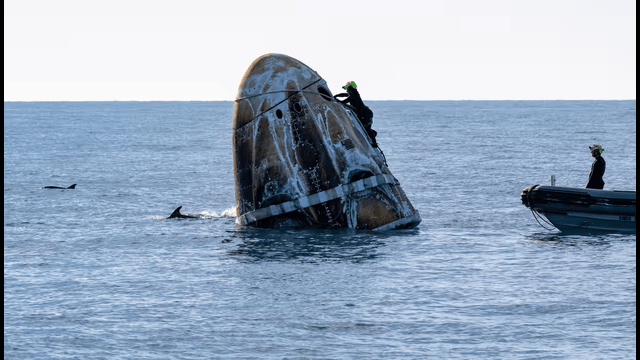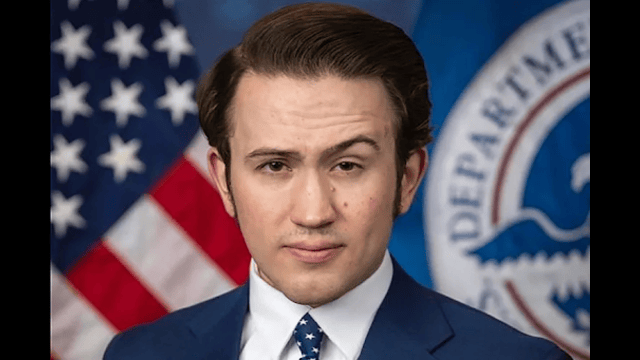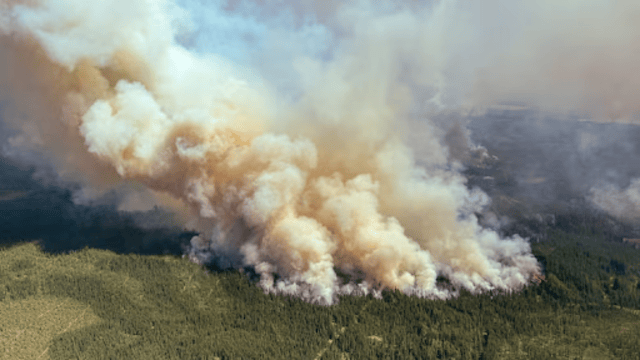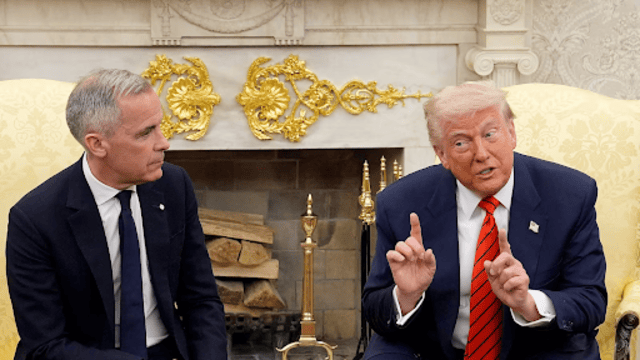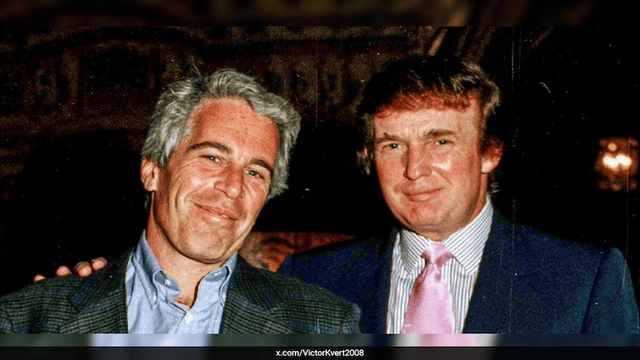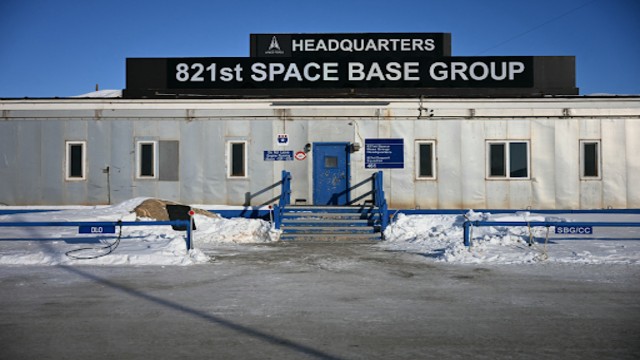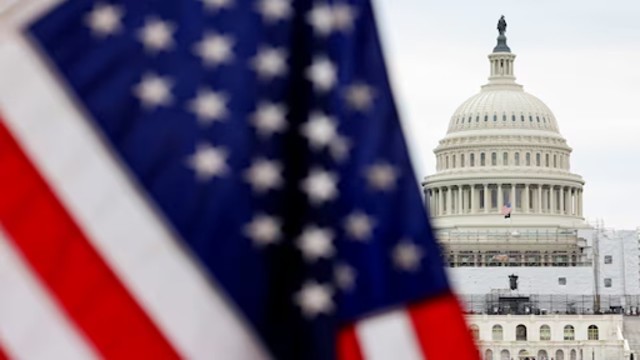
President Donald Trump speaks at a summer event on the White House’s South Lawn, June 4, 2025, in Washington. AP Photo
President Donald Trump announced a new travel ban affecting citizens from 12 countries. People from seven more countries will face tighter entry rules. The ban starts Monday at 12:01 a.m., giving time to avoid the confusion seen with his 2017 order. This new move follows the Supreme Court’s approval.
Countries Under the Ban and Restrictions
The 12 banned countries include Afghanistan, Myanmar, Chad, Republic of Congo, Equatorial Guinea, Eritrea, Haiti, Iran, Libya, Somalia, Sudan, and Yemen. Seven other countries—Burundi, Cuba, Laos, Sierra Leone, Togo, Turkmenistan, and Venezuela—will have tougher travel rules.
Reason for the Ban
In a social media video, Trump linked the ban to Sunday’s shooting in Boulder, Colorado. He said the attack showed dangers from visitors who overstay their visas. The suspect was from Egypt, a country not on the banned list. Officials said he overstayed a tourist visa.
Trump said some banned countries have poor screening systems or refuse to take back their own citizens. He based this on a Homeland Security report showing many visitors from these countries stay in the U.S. after their visas expire. “We don’t want them,” Trump said.
Afghan Ban Draws Criticism
The ban includes Afghanistan, which upset some supporters who help resettle Afghan refugees. The ban makes exceptions for Afghans with Special Immigrant Visas, mainly those who worked with the U.S. during the war. About 14,000 Afghan refugees arrived in the U.S. in a recent year.
Shawn VanDiver, leader of an Afghan support group, said, “To include Afghanistan—a nation whose people stood alongside American service members for 20 years—is a moral disgrace.” Trump said Afghanistan lacks a strong government for proper screening and has high visa overstay rates.
Haiti and Other Nations Included
Haiti was not banned in Trump’s first term but is now on the list due to high visa overstays and illegal immigration. Haiti faces poverty, hunger, and gang violence controlling much of its capital city. Trump said Haiti doesn’t have enough law enforcement to ensure safety for the U.S.
Iran remains banned as a “state sponsor of terrorism,” with exceptions only for some visa holders. Libya, Sudan, and Yemen, also on the list, face ongoing wars and divided control. Sudan has active fighting, Yemen’s war is stuck, and Libya has armed factions.
Mixed Reactions
Human rights groups strongly oppose the ban. Abby Maxman of a global aid group said, “This policy is not about national security — it is about sowing division and vilifying communities seeking safety and opportunity in the United States.”
Background of the Travel Ban
The new ban comes from a January executive order directing a report on threats from certain countries. Trump first banned travel from seven mainly Muslim countries in 2017, causing chaos at airports. The original ban affected travelers from Iraq, Syria, Iran, Sudan, Libya, Somalia, and Yemen.
That ban faced many legal challenges but was later upheld by the Supreme Court in 2018. Trump said the travel ban protects the U.S. from security threats and is not based on religious bias, despite his earlier call to ban all Muslims during his 2016 campaign.


